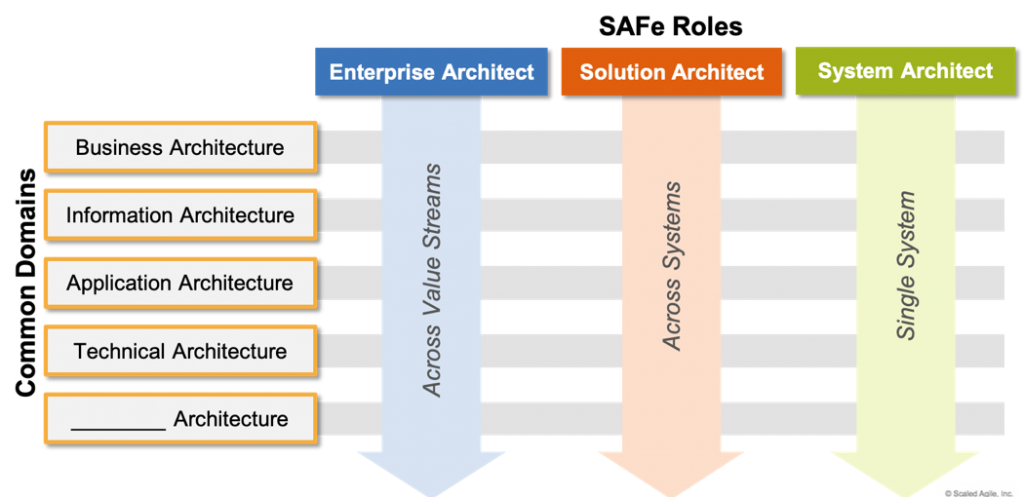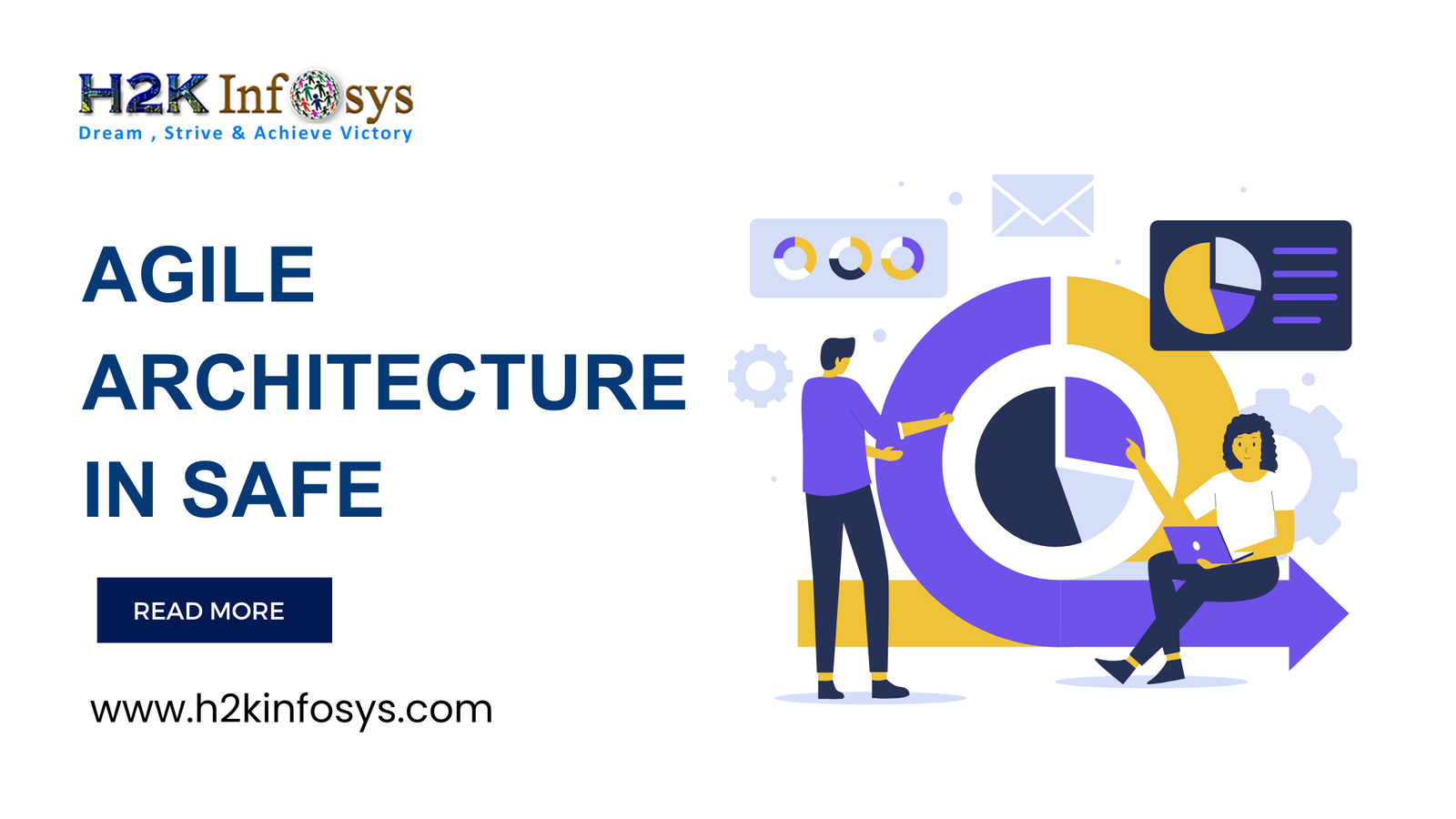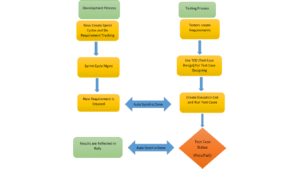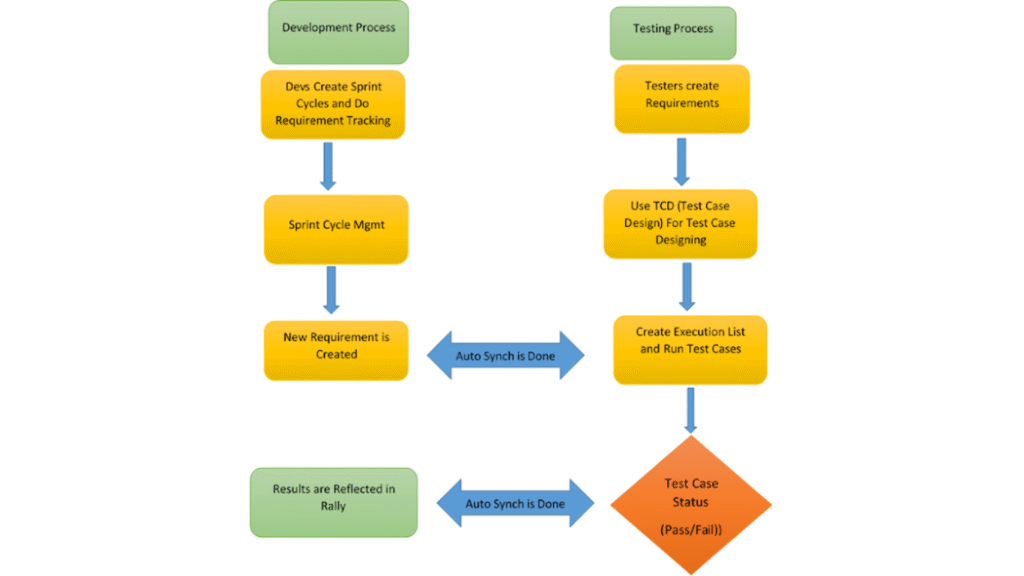Agile SAFe Architecture plays a crucial role in scaling agile practices within large organizations. Agile is a methodology that promotes iterative development, flexibility, and collaboration. However, as organizations grow, these principles need to be adapted to maintain their effectiveness. Agile SAFe Architecture provides the structure necessary for this evolution, enabling systems to be designed and adapted continuously to meet changing user needs.
In large-scale projects, Agile SAFe Architecture helps avoid the delays and overhead associated with traditional start-stop development cycles. It removes the inefficiencies of large-scale redesigns, instead supporting an agile, evolving design that improves incrementally over time. This ensures that teams can stay focused on delivering value without getting bogged down by lengthy planning phases or phase-gate processes.
The Role of Agile SAFe Architecture
Agile SAFe Architecture is foundational in supporting agile development practices. It enables teams to design scalable, flexible systems that can adapt to new requirements while maintaining high quality. One of its key benefits is that it allows for collaboration, emergent design, and simplicity, all of which contribute to smoother development cycles. It also helps in designing systems that are easily testable, deployable, and ready for release at any time.
In Agile SAFe Architecture, collaboration between architects and agile teams is a key principle. System architects, in particular, ensure that technical decisions are aligned with business goals, non-functional requirements are addressed, and the continuous delivery pipeline remains effective. The architecture not only enables rapid development but also allows for long-term adaptability, ensuring that the product can evolve alongside user needs.

Collaboration in Agile SAFe Architecture
Within Agile SAFe Architecture, different roles collaborate to ensure that technical and business strategies align seamlessly. Architects at different levels of the organization – enterprise, solution, and system architects – work together regularly to solve problems and maintain alignment across various teams.
- Enterprise Architect: Focuses on the big picture, ensuring the architecture aligns with the organization’s goals and long-term strategies.
- Solution Architect: Works on the design of specific solutions, addressing both current and future requirements.
- System Architect: Handles the technical aspects, ensuring that the architecture supports the system’s continuous delivery and non-functional requirements.
These roles help maintain synchronization and prevent bottlenecks. More than one person may fill these roles to ensure adequate expertise and to prevent architectural decisions from becoming a roadblock for development teams.
How Agile SAFe Architecture Supports Business Strategy
The integration of Agile SAFe Architecture within business strategy is vital to maintaining alignment between technical and business goals. Architects collaborate with various roles across the organization, ensuring that architecture evolves in tandem with emerging business needs. This collaborative effort ensures that both the architecture and the product deliver maximum value to customers.
By focusing on long-term scalability and continuous improvement, Agile SAFe Architecture helps organizations stay agile, even as they scale. It supports the delivery of high-quality systems while maintaining flexibility for future growth. Architects play a key role in facilitating this process, ensuring that teams have the infrastructure and tools necessary to design, test, and deliver value consistently.
What is SAFe?
The Scaled Agile Framework (SAFe) is a set of organizational and workflow patterns that help scale agile practices across large enterprises. SAFe is designed to support organizations that need to coordinate multiple agile teams working on complex projects. While agile works well with small teams, SAFe offers a structured approach to implement agile at scale, ensuring that all teams are aligned and working toward common business goals.
SAFe is based on three core bodies of knowledge: agile software development, lean product development, and systems thinking. The framework enables businesses to adopt agile practices without losing sight of their strategic goals. There are four configurations within SAFe, each designed to address different levels of scale:
- Essential SAFe: Focuses on the core elements needed for an agile transformation.
- Large Solution SAFe: Suitable for organizations working on complex systems requiring multiple teams.
- Portfolio SAFe: Aligns agile development efforts with organizational strategy.
- Full SAFe: Integrates agile practices across all levels of the enterprise.
By implementing SAFe, organizations can ensure that they scale agile practices effectively while aligning with broader business objectives.
Principles of Agile SAFe Architecture
The principles of Agile SAFe Architecture guide organizations in adopting lean-agile decision-making processes. These principles encourage collaboration across organizational boundaries, helping to shift from traditional waterfall thinking to lean and agile approaches.
- Take an Economic View: One of the primary principles is understanding the economic implications of delays. In Agile SAFe Architecture, decision-makers must evaluate the cost of waiting and make trade-offs to optimize value delivery. This mindset should be shared across the organization to ensure alignment with strategic goals.
- Apply Systems Thinking: This principle emphasizes viewing the organization and its systems holistically. Agile SAFe Architecture promotes collaboration between teams, encouraging a higher-level perspective on how individual parts fit into the larger system. This helps ensure that solutions deliver the most value to customers.
- Assume Variability, Preserve Options: Systems design often involves uncertainty, and this principle addresses that by encouraging set-based design. This approach involves keeping multiple design options open for longer periods, allowing for flexibility and adaptation as development progresses.
Conclusion
Agile SAFe Architecture is a critical component in scaling agile practices for large organizations. By supporting continuous delivery and ensuring alignment between technical and business strategies, it empowers teams to remain adaptable and deliver high-quality solutions. Through its collaborative nature and focus on scalability, Agile SAFe Architecture ensures that organizations can meet both current and future business needs. By embracing these principles and roles, companies can optimize their agile transformation and ensure long-term success in their projects.
























